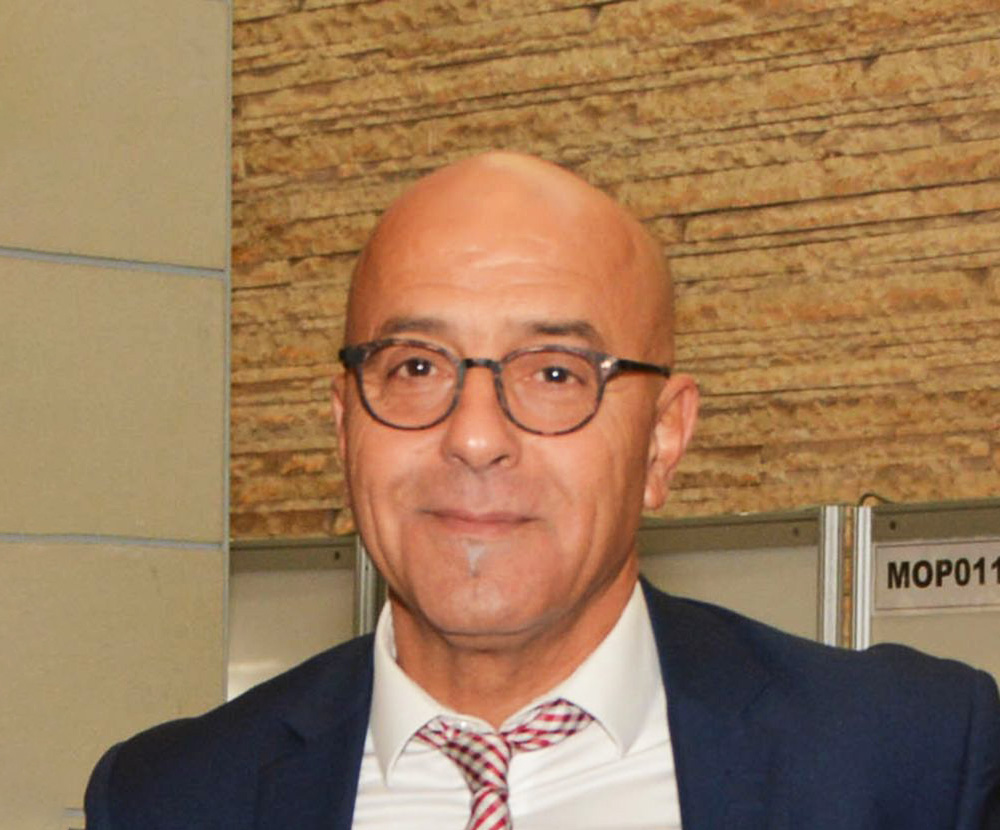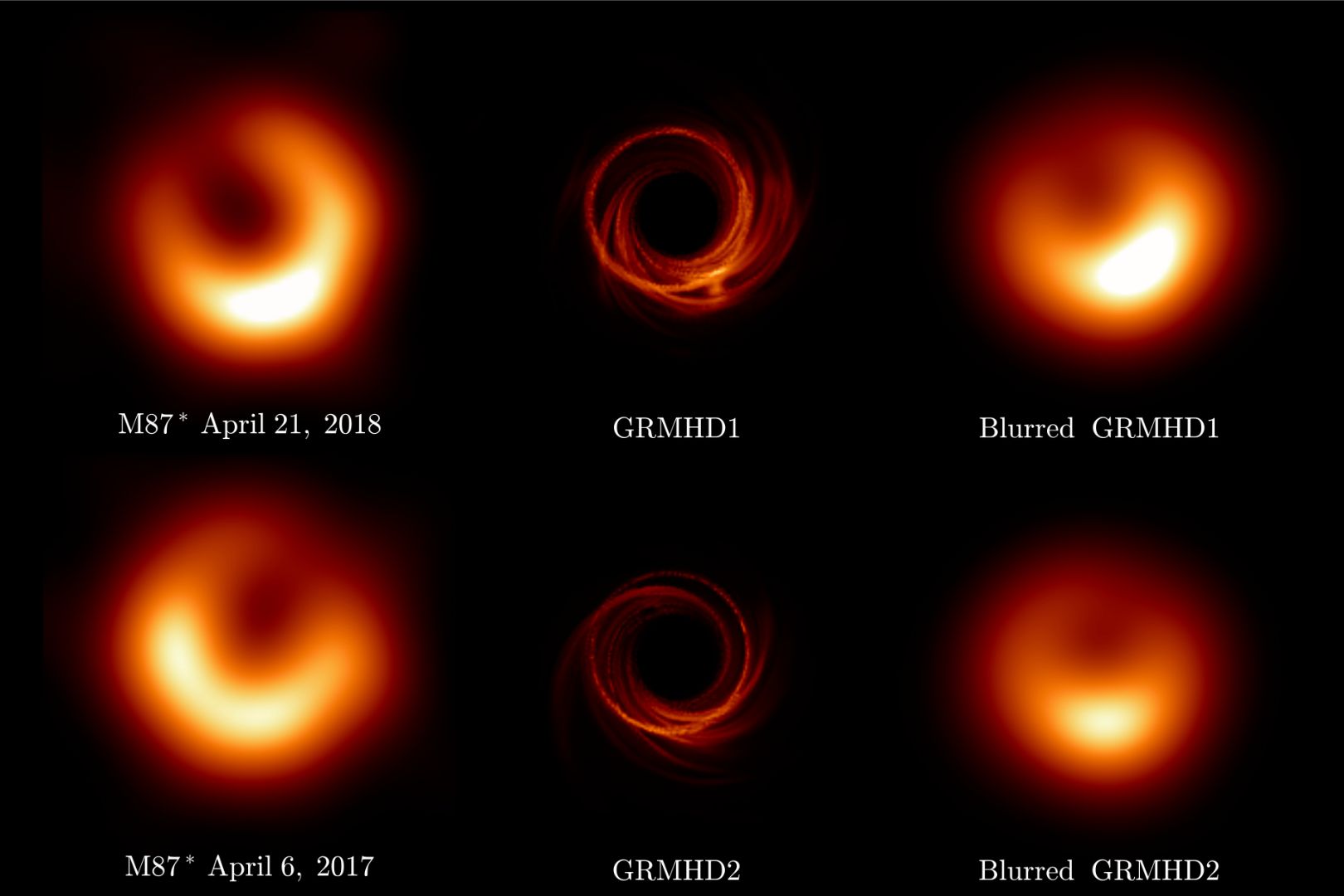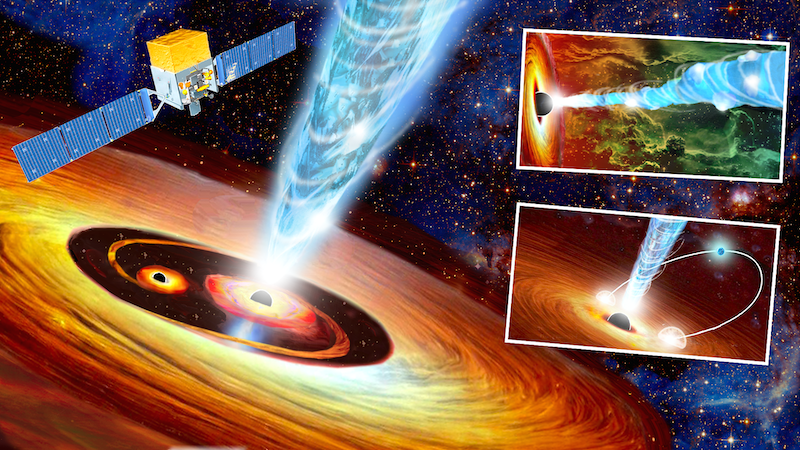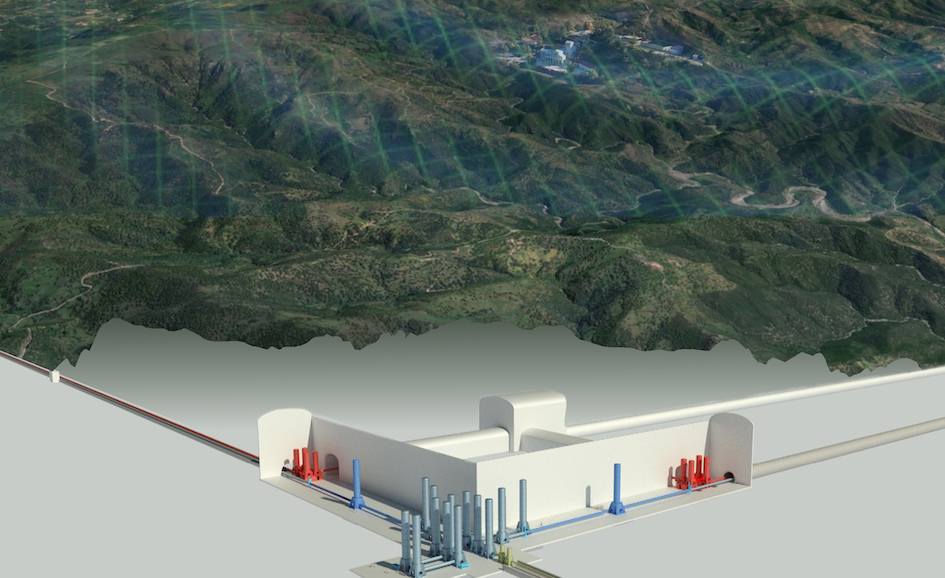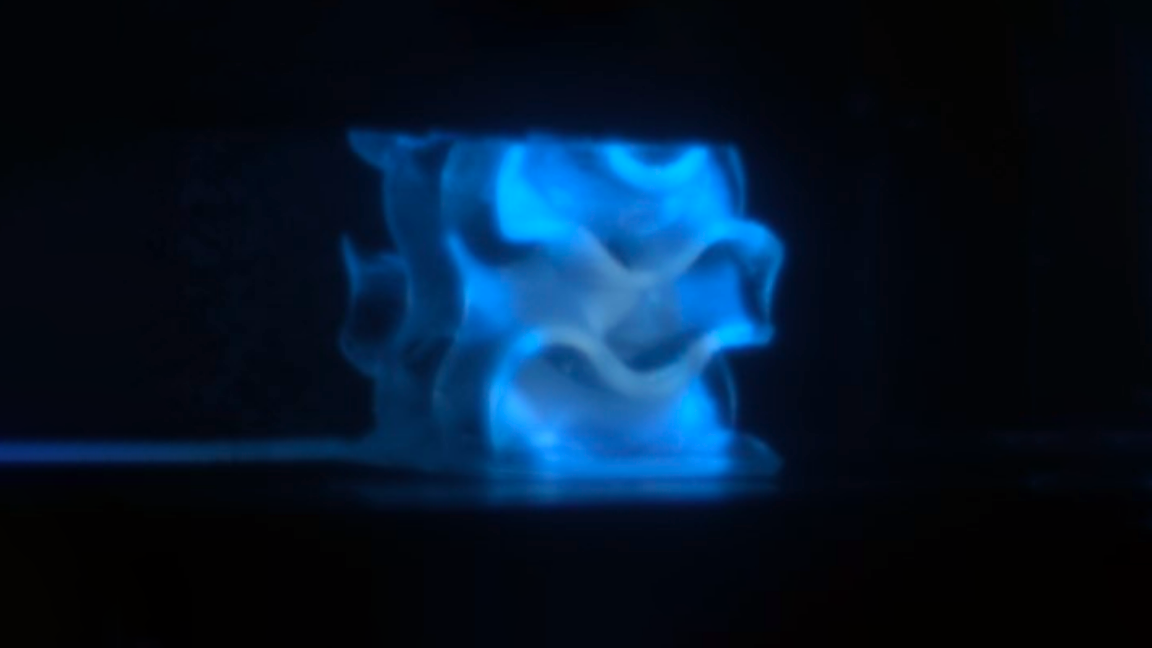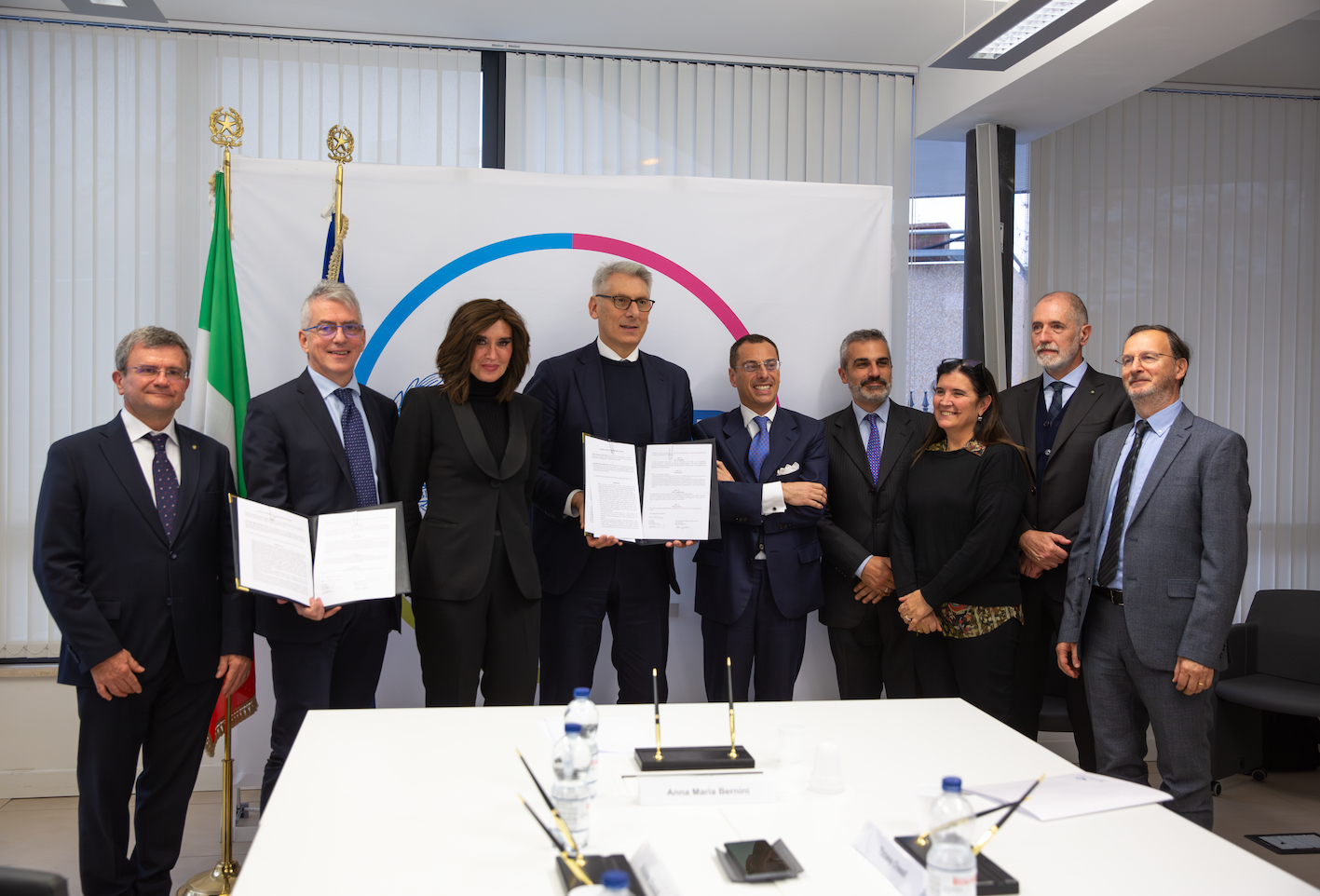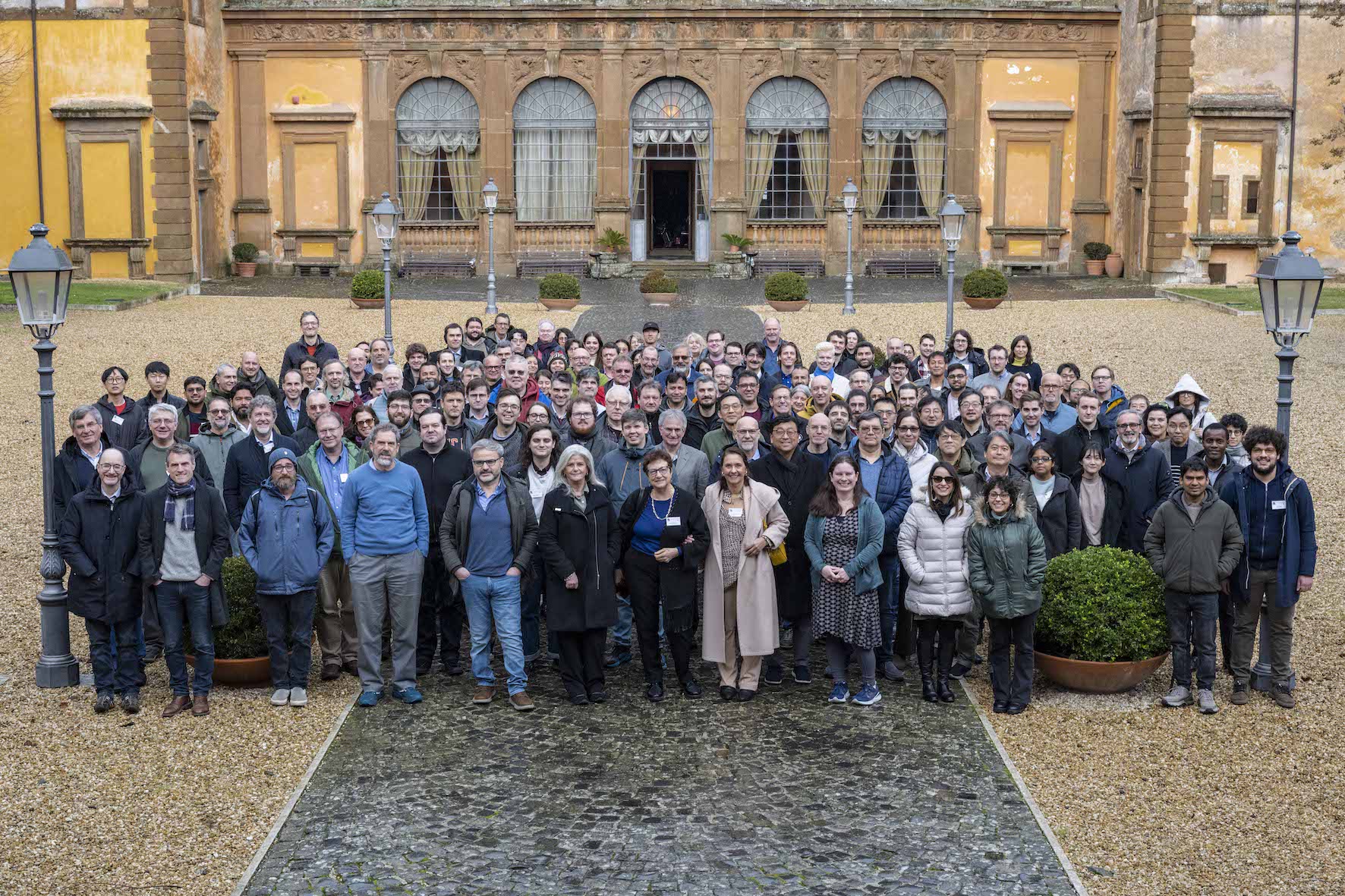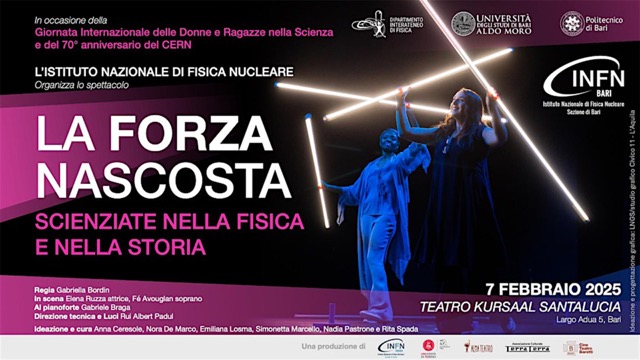- NEWSLETTER
BASSES, A THREE-DAY WORKSHOP FOSTERING SYNERGIES BETWEEN PHYSICS AND NEUROSCIENCE
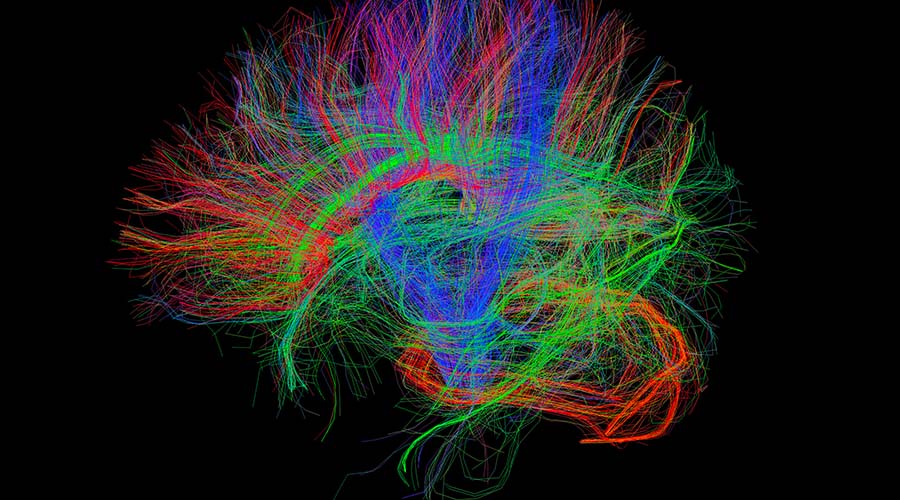 In the latest years, the link connecting physics with neuroscience and the study of brain structures and mechanisms that support cognitive functions is getting stronger. Methodologies risen in the field of theoretical and experimental physics and addressed at the understanding of the fundamental constituents of matter, can be employed for the development and validation of models and simulations aimed at the description of the complexity of neural systems. Such multi-disciplinary research, and the results obtained so far in the framework of the Human Brain Project (HBP), the scientific project whose final goal is the simulation of the human brain combining progresses in brain imaging and computational analysis, are the focus of the BASSES workshop (Brain Activity across Scales and Species: Analysis of Experiments and Simulations), organized by INFN Sezione di Roma and LENS (University of Florence) and taking place in Rome on June 13-14-15.
In the latest years, the link connecting physics with neuroscience and the study of brain structures and mechanisms that support cognitive functions is getting stronger. Methodologies risen in the field of theoretical and experimental physics and addressed at the understanding of the fundamental constituents of matter, can be employed for the development and validation of models and simulations aimed at the description of the complexity of neural systems. Such multi-disciplinary research, and the results obtained so far in the framework of the Human Brain Project (HBP), the scientific project whose final goal is the simulation of the human brain combining progresses in brain imaging and computational analysis, are the focus of the BASSES workshop (Brain Activity across Scales and Species: Analysis of Experiments and Simulations), organized by INFN Sezione di Roma and LENS (University of Florence) and taking place in Rome on June 13-14-15.
“The main contribution of INFN at the workshop is about the origin of cognitive functions, with data analysis, model development and simulations, and about the study and implementation of bio-inspired learning algorithms” says Giulia De Bonis, researcher at INFN Sezione di Roma and Scientific Chair of the BASSES workshop. “These topics are the core activities of our group, that is making use physics-derived approaches and methods for the analysis of brain data and mechanisms”.
During the workshop, recent results obtained by INFN researchers will be presented, in particular: innovative methods for the analysis of cortical data and for building and validating models; implementation of spiking simulations able to reproduce neuron dynamics; novel bio-inspired learning. Among the latest results, an article published in Plos Computational Biology demonstrating that a thalamo-cortical model, calibrated to express brain states as those observed in wakefulness and deep sleep, is able to learn faster and more accurately even in presence of noisy signals.
BASSES is funded by HBP (https://www.humanbrainproject.eu/), by EU Education Committee and by EBRAINS (https://ebrains.eu/), the European research infrastructure for the promotion of brain research, through a funding grant assigned to INFN after a competitive call, attesting acknowledgment to the contribution of INFN, since 2015 involved in HBP as leader of the WAVESCALES consortium (WAVE SCALing Experiments and Simulations), in the field of modeling and simulating brain functions on a large scale.
Useful links:
HBP press release on the BASSES workshop: https://www.humanbrainproject.eu/en/follow-hbp/news/2022/06/17/event-recap-ebrains-workshop-brain-activity-across-scales-and-species-analysis-experiments-and-simulations-basses/
Web page of the Workshop: https://www.humanbrainproject.eu/en/education/ebrains-workshops/basses/
Article on Plos Computational Biology: https://doi.org/10.1371/journal.pcbi.1009045




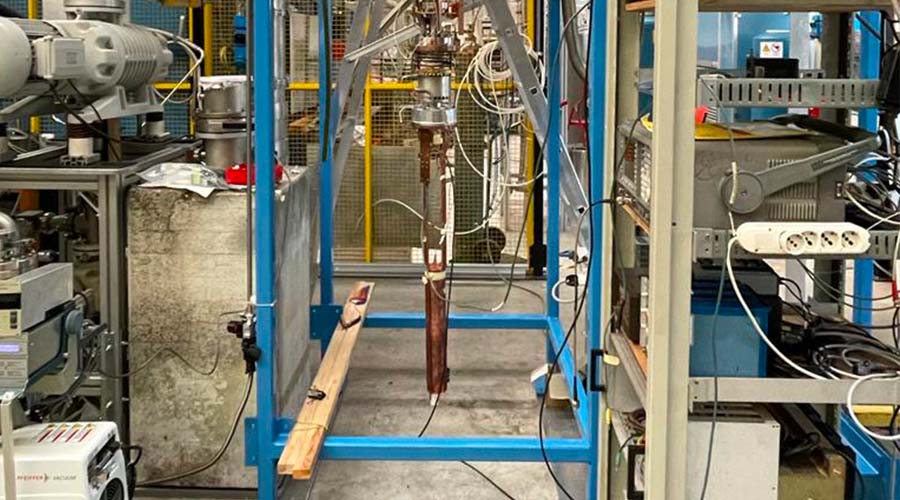 An innovative contribution in the search for dark matter could come from the development of devices based on quantum properties. Interesting progress, in which INFN is involved too, was recently achieved during the activities promoted by SQMS (Superconducting Quantum Materials and Systems Centre), the Fermilab centre funded by the US Department of Energy (DOE) and dedicated to research on new technologies for quantum computing and quantum sensing. A study, published on 9 May in the Physical Review Applied journal and led by INFN - SQMS’s only non-US partner - shows how the performance of haloscopes - sensors dedicated to detecting a particular category of dark matter candidate particles, axions - can be enhanced through the use of new types of microwave resonant cavities with high sensitivity. Initially introduced in the ‘70s to tackle the problem of charge and parity symmetry violation in strong interactions, the axion also proved to be a good candidate for dark matter because of its extremely low mass and its limited ability to interact with ordinary matter. Exactly in order to probe the existence of these particles, in 1982, the theoretical physicist Pierre Sikivie devised and proposed a specific type of device called a haloscope, because it probes the halo of dark matter in our galaxy, which would later become widely used and is now being developed in various laboratories in Europe, the United States, South Korea and Australia. The strategy adopted by the Fermilab and INFN teams working on SQMS is to aim at increasing the efficiency of the axion-photon conversion process.
An innovative contribution in the search for dark matter could come from the development of devices based on quantum properties. Interesting progress, in which INFN is involved too, was recently achieved during the activities promoted by SQMS (Superconducting Quantum Materials and Systems Centre), the Fermilab centre funded by the US Department of Energy (DOE) and dedicated to research on new technologies for quantum computing and quantum sensing. A study, published on 9 May in the Physical Review Applied journal and led by INFN - SQMS’s only non-US partner - shows how the performance of haloscopes - sensors dedicated to detecting a particular category of dark matter candidate particles, axions - can be enhanced through the use of new types of microwave resonant cavities with high sensitivity. Initially introduced in the ‘70s to tackle the problem of charge and parity symmetry violation in strong interactions, the axion also proved to be a good candidate for dark matter because of its extremely low mass and its limited ability to interact with ordinary matter. Exactly in order to probe the existence of these particles, in 1982, the theoretical physicist Pierre Sikivie devised and proposed a specific type of device called a haloscope, because it probes the halo of dark matter in our galaxy, which would later become widely used and is now being developed in various laboratories in Europe, the United States, South Korea and Australia. The strategy adopted by the Fermilab and INFN teams working on SQMS is to aim at increasing the efficiency of the axion-photon conversion process.
